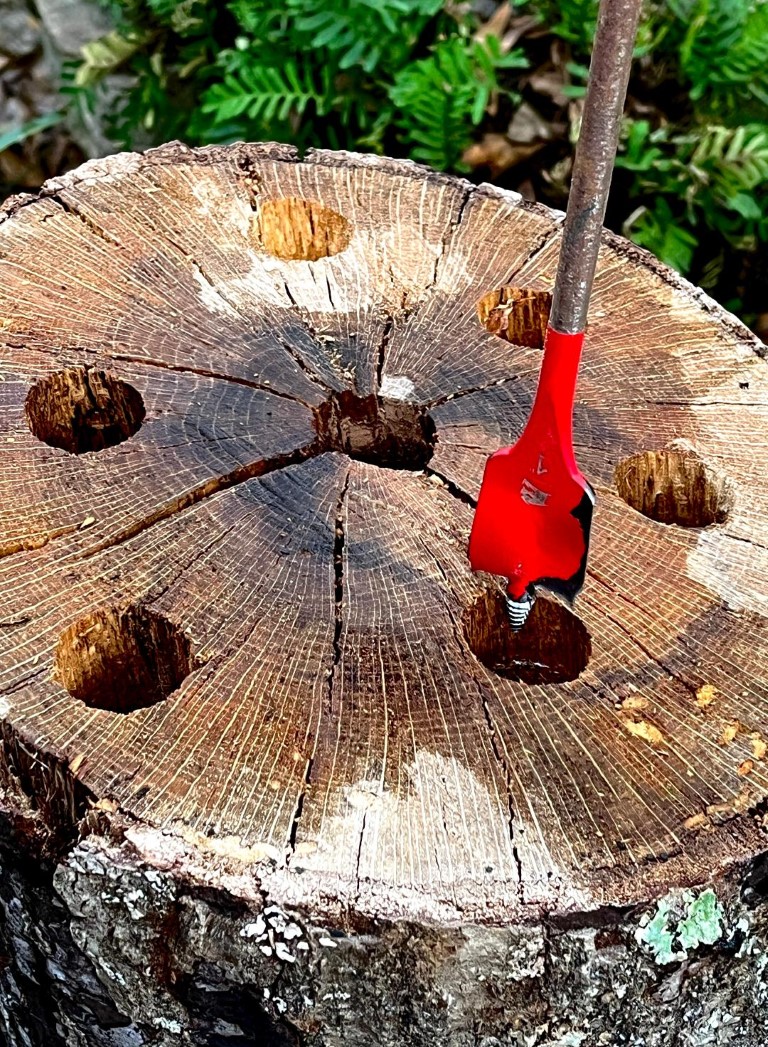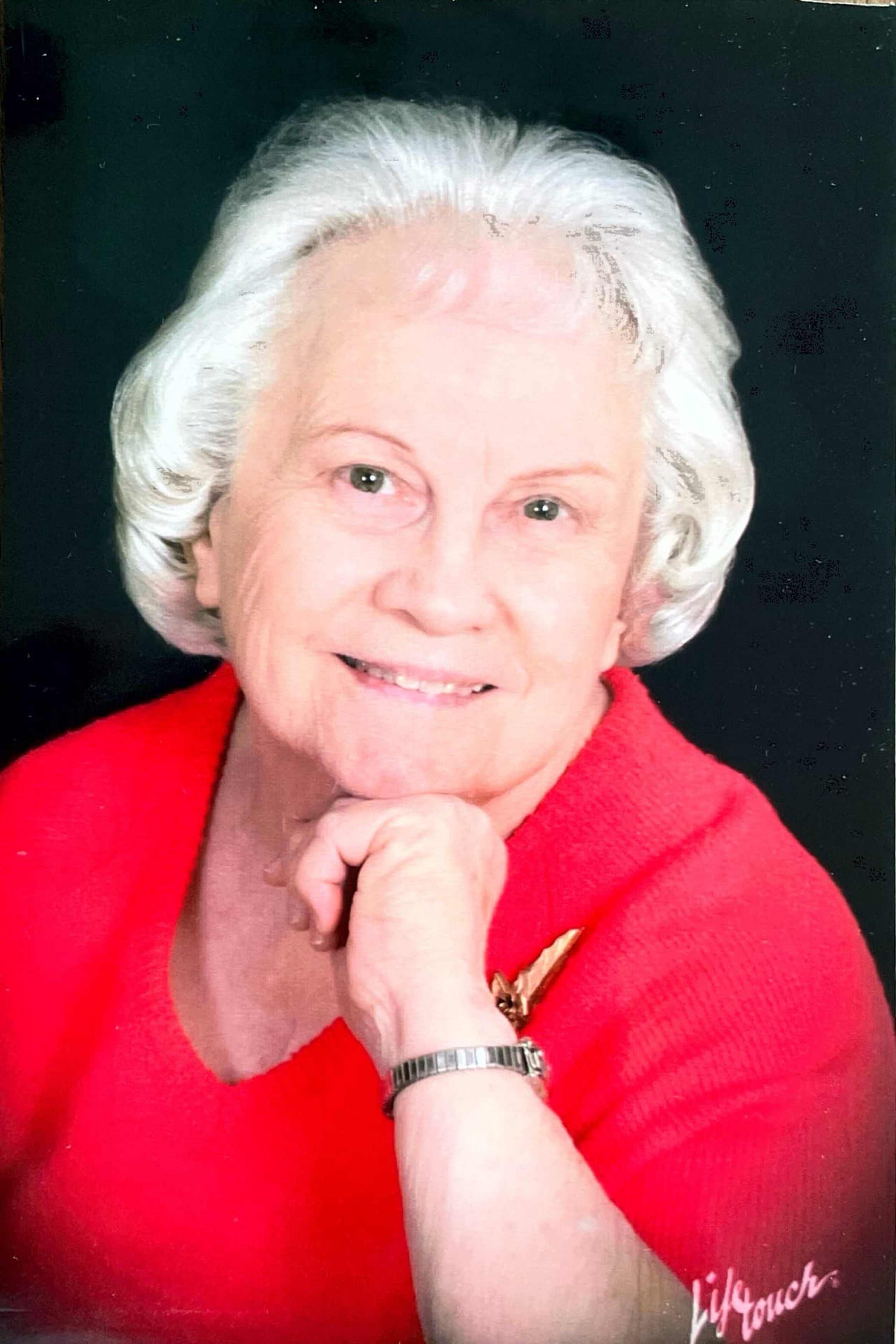A tropical All Hallow’s Eve tale
Published 5:54 pm Tuesday, October 24, 2023
By John Nelson
Columnist
Halloween, or All Hallow’s Eve as it’s sometimes called, is a strange celebration. Since it falls on Oct. 31 and precedes All Saints’ Day, there’s a veneer of Western Christianity, but it’s applied over a thicker layer of paganism going back to the Celtic celebration of Samhain.
Trending
The origins are diverse, but they all suggest a time when the veil between the living and the dead gets a little thin.
I’ve never been one to put much credence in accounts of the dead returning except those presented in the Bible when God had a reason for their reappearance. But I’ve never ruled out the possibility, and I certainly don’t make a practice of placing myself in the path of visitors from the spirit world.
But there was this one time when I might have provoked the spirits, and of all places, it was on the little tropical atoll of Diego Garcia in the middle of the Indian Ocean – certainly not on the list of haunted places where ghost hunters go tramping about on Halloween.
My introduction to Diego Garcia came in the mid-80’s when an assignment to a military support ship took me there, and for the next thirteen years I would maintain contact with that unique little island.
As a history lover, I soon delved into the island’s past beginning in the 1700’s when Diego Garcia and the other islands in the Chagos Archipelago were under French control and home to coconut plantations.
As a result of France’s defeat in the Napoleonic Wars, the French island of Mauritius along with its satellite islands in the Chagos became British possessions though little changed on the plantations. They were still managed by French owners, had something of a French Creole culture, and economies based on copra and coconut oil production.
Trending
No real change occurred until the early 70’s when Diego Garcia’s strategic location made it attractive to America and Great Britain as a base to counter the Soviet Union’s incursions into the Indian Ocean. Thus the Britts established the British Indian Ocean Territories, leased Diego Garcia to the U.S., and in the name of security, deported about 1500 inhabitants from Diego Garcia and other islands of the archipelago to Mauritius and the Seychelles.
I remember as a youngster the thrill of roaming through an abandoned house and examining its contents, and on Diego Garcia, there remained one plantation at East Point that was still mostly intact and ripe for exploring.
During my early days on the island, I met a Scotsman who also had a love of history, and on weekends, the two of us would rummage through the buildings at East Point. We examined the structures and the remaining contents to piece together how they had fit into this strange 18th century plantation that had existed right up to the early 70’s.
One structure that seemed a little odd was the mortuary with its strong construction and iron door. We wondered if it was designed to keep folks out or something in.
Behind the mortuary was the bleeding stone where bodies were placed and the blood captured by intricate grooving that funneled it to a central exit point to drain out on the ground. Since one would expect a rather speedy burial on a tropical island, we wondered why this was necessary.
We would learn that some of this peculiarity resulted from the hybrid religion once practiced by the plantation workers. Its base was Roman Catholicism introduced by the French, but to that had been added beliefs brought in by slaves from Africa and mixed with the religion of Malagasy slaves whose culture was more closely linked to Indonesia.
Take all that and throw in some Hinduism introduced by indentured workers from India and let it simmer for a couple of hundred years on a small remote island with little contact with the outside world, and it’s no wonder that some weird practices had emerged.
Evidence that there was a dark side to Diego Garcia came from books in the hands of a Mauritian friend who worked on the island. They had been written by Father Roger Dussercle, a Catholic priest based on Mauritius, who made visits to the Chagos islands in the 1930’s and 40’s.
Father Dussercle was greatly concerned about non-Christian practices and described death ceremonies on Diego Garcia as savage and barbarous with an intent to prevent the dead from haunting the living. He went on to state that the rites continued for eight days and included such things as witchcraft, hellish incantations and invocations, orgies, lascivious dancing, and revolting acts committed on the corpse.
All this really intrigued my Scottish friend who had an inclination toward the supernatural. He decided that we should stake out the plantation on All Hallows’ Eve and keep a particular watch on the mortuary and bleeding stone.
This was definitely not my cup of tea, but we had been exploring the history of the island together, and I couldn’t think of a good reason not to go along with the plan.






